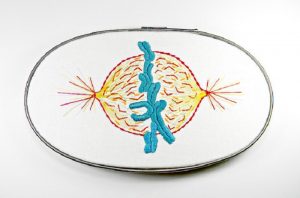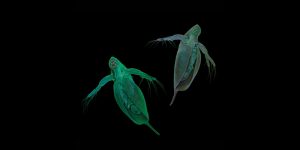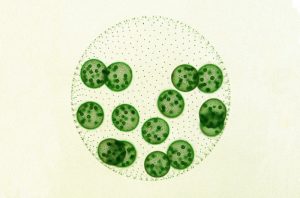Enter your address to receive notifications about new posts to your email.
Articles tagged Evolution
(101 results)
-
How an earthquake shook up stickleback genomes
New genetic data help explain the rapid adaptation of stickleback fish that invaded freshwater habitats in the 1960s. In 1964, an earthquake shook the islands off the coast of Alaska, transforming the landscape as underwater terraces were thrust above the surface. From this cataclysmic event emerged a series of freshwater pools that became a natural…
-
A day in the mouth
Rapid genomic changes observed in Candida albicans soon after exposure to the oral cavity. Whether or not you treat your body like a temple, it presents a hostile and rapidly-changing environment for the many microorganisms that call you home. In contrast to the microbes that hang out inside humans, those that are cultured in the…
-
The evolution of protein design
An evolutionary approach outperforms a design approach in modeling protein sequence variation. Over generations, evolution shapes proteins, leading to variation in their amino acid sequences both between and within species. Despite our ever-increasing knowledge of the physical constraints that guide protein structure, advanced modeling techniques don’t capture the site-specific variability observed in natural proteins. Bafflingly,…
-
Videos from PEQG18 Keynote and Crow Award sessions
Watch presentations from the conference, including talks from Katie Peichel and Jonathan Pritchard. Now that the dust has settled from the whirlwind of the first ever standalone GSA Population, Evolutionary, and Quantitative Genetics Conference (PEQG18), we’re delighted to be able to share the audio and synched slides from the Keynote and Crow Award sessions. We’re…
-
An updated tool for finding the footprints of selection
diploS/HIC uses machine learning to identify selective sweeps in unphased data. A set of footprints can tell us a lot about the creature that left them—without requiring us to see the creature itself. Footprints can suggest the animal’s size, weight, and stride, and from there, we can extrapolate even more information. Much like soft sand…
-
#PEQG18 in Haiku
Attendees of the Population, Evolutionary, and Quantitative Genetics Conference are a creative bunch. Inspired by one of the PEQG Bingo challenges, they bombarded Twitter with more than 50 #PEQG18 haikus (and one limerick), providing poetic snippets of the meeting to those who couldn’t make it. Joining the 17-syllable summaries were fantastic sketch notes of the meeting by…
-
A splice in timeless
Photosensitive alternative splicing of a malt fly circadian clock gene varies between northern and southern populations. Over the course of a day, most organisms undergo profound changes. Over the course of a season, the changes can be even more dramatic. For example, insects’ responses to the brisk nights and cooler days of fall and winter…
-
Unmasking an elusive Daphnia disease
After 60 years of mystery, researchers have identified the pathogen responsible for White Fat Cell Disease. Water fleas of the genus Daphnia have long been critical tools for studying the ecology and evolution of host-pathogen interactions, but one of their natural pathogens has remained mysterious for more than six decades. In the 1950s, Daphnia magna…
-
2018 Crow Award finalists presenting at #PEQG18
We are delighted to announce the finalists for the James F. Crow Early Career Researcher Award! All finalists will speak at the Crow Award session of the Population, Evolutionary, and Quantitative Genetics Conference on May 14, 2018 in Madison, Wisconsin. The Award honors the legacy of James F. Crow, whose contributions to the field of…
-
Enter the #PEQG18 T-shirt design contest!
Get creative for the Population, Evolutionary, and Quantitative Genetics Conference. Show your creative side, and inspire the population, evolutionary, and quantitative genetics community by entering the #PEQG18 T-shirt design contest! The winning entry will be used on official conference T-shirts available for sale at the Population, Evolutionary, and Quantitative Genetics Conference, to be held…
-
On the origin of germ cells
Recent evolution of simple germ–soma division in a green alga sheds light on the early stages of complex multicellular life. Among evolution’s greatest innovations are germ cells. These specialized reproductive cells—familiar to us as sperm and eggs in humans—set the stage for complex multicellular life because they free up all the other cells in the…












